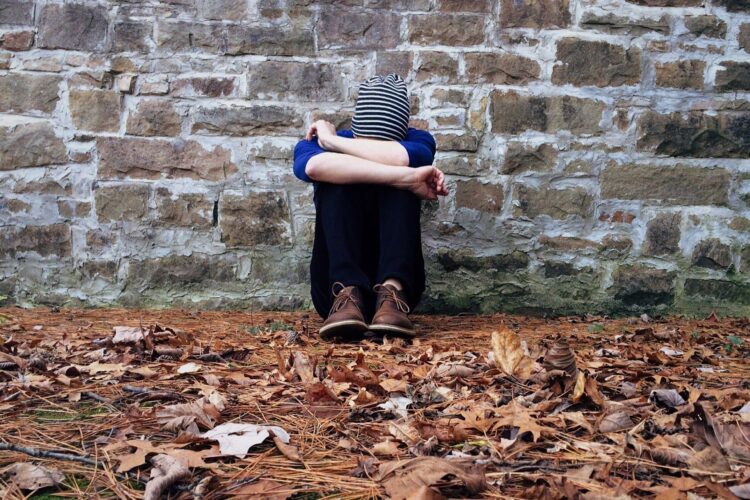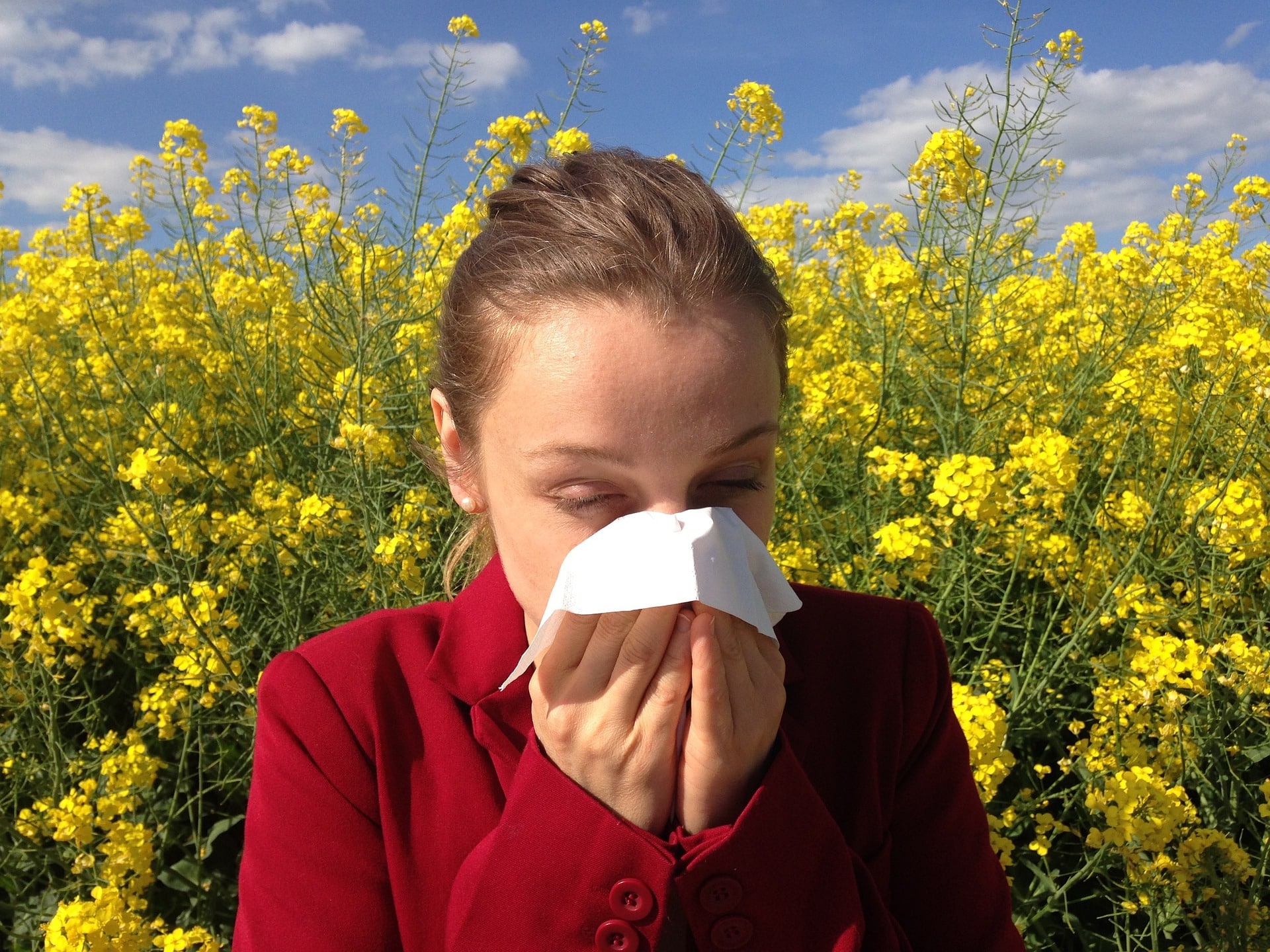Seasonal depression also known as Seasonal affective disorder (SAD) is a type of depression that occurs during seasonal changes.
Seasonal depression/ Seasonal affective disorder usually starts to show symptoms during change of seasons especially from summer to fall. If an individual has Seasonal depression/ Seasonal affective disorder, their symptoms start in the fall and can stay even into the winter season, it drains your energy and makes you lose the spark you had just like regular depression. These symptoms fade away during the spring and summer seasons, sometimes it is vice versa. Seasonal depression/ Seasonal affective disorder causes depression in the spring or early summer seasons and fades away during the fall or winter seasons.
In most cases, seasonal affective disorder symptoms started showing during the fall or early winter and go away during the summer and spring season. Despite the case of having seasonal depression during summer and spring is very uncommon, people with that pattern have symptoms that begin in spring or summer and start to feel better during the colder seasons. In both case, symptoms may start out simple and acute and become more severe and chronic later.
Signs and symptoms of Seasonal depression/ Seasonal affective disorder may include:
- Feeling listless, sad, or down most of the day, nearly every day
- Losing interest in activities you once enjoyed
- Having low energy and feeling sluggish
- Having problems with sleeping too much
- Experiencing carbohydrate cravings, overeating and weight gain
- Having difficulty concentrating
- Feeling hopeless, worthless, or guilty
- Having thoughts of not wanting to live
During winter and fall seasonal depression symptoms may be:
- Oversleeping
- Appetite changes, especially a craving for foods high in carbohydrates
- Weight gain
- Tiredness or low energy
During summer and spring seasonal depression symptoms may be:
- Trouble sleeping (insomnia)
- Poor appetite
- Weight loss
- Agitation or anxiety
- Increased irritability
- Psychological evaluation.
Treatment for Seasonal depression/ Seasonal affective disorder may include light therapy (phototherapy), regular psychotherapy sessions and medications.

Light therapy-
In light therapy, also called phototherapy, the point of light therapy is to include more light into the patients everyday routine in order to make the fake lights feel like outdoor lights which causes the brain chemicals to think the patient is in a good mood.
Light therapy is one of the best treatments for fall/winter Seasonal depression/ Seasonal affective disorder. it takes some weeks to show that the patient is feeling better but at the end it is very effective that is why it is the best for this specific Seasonal depression/ Seasonal affective disorder.
Regular psychotherapy sessions-
Talking to someone you trust and especially a professional help overall with any mental issue we may face. Psychotherapy can help by:
- You develop healthy ways to cope with Seasonal depression/ Seasonal affective disorder
- changing negative thoughts into positive thoughts and change behaviours and thoughts that make your mood worse
- how to manage stress
- motivates you to increase physical activity and develop a better sleeping schedule
Medications-
Individuals with Seasonal depression/ Seasonal affective disorder finds great help from antidepressant treatment, especially if symptoms are severe and chronic.
another version of an antidepressant is bupropion. bupropion may help prevent depressive episodes for individuals with Seasonal depression/ Seasonal affective disorder.
Luna Abd Elrazaq.





